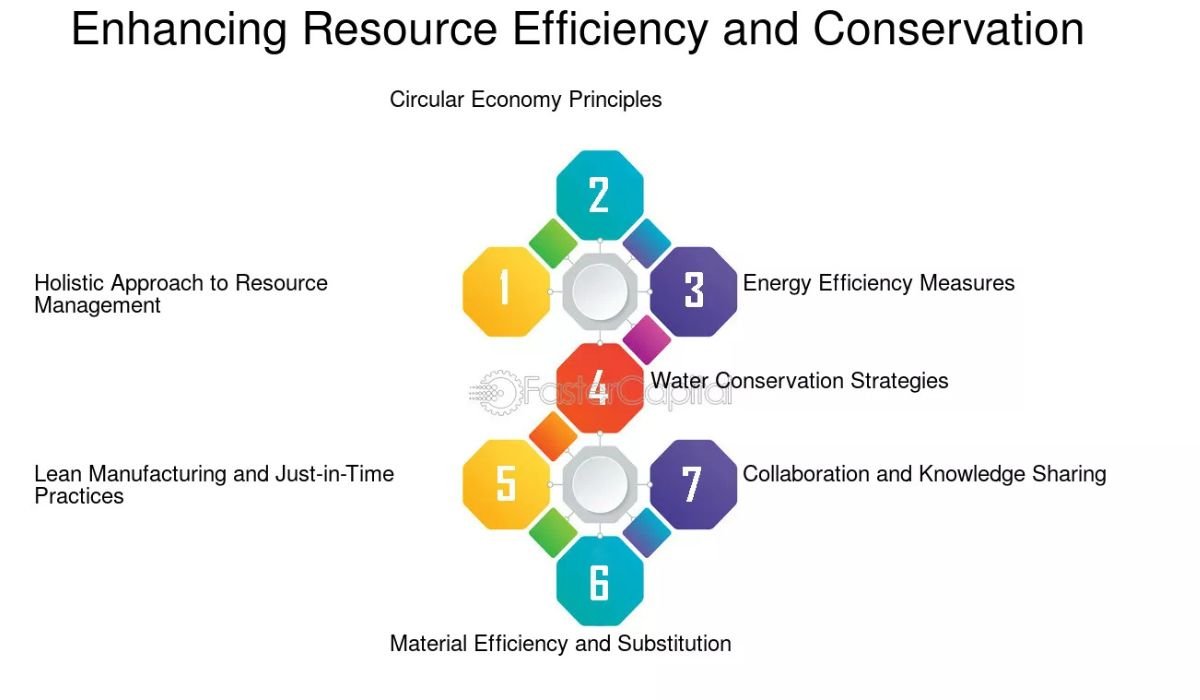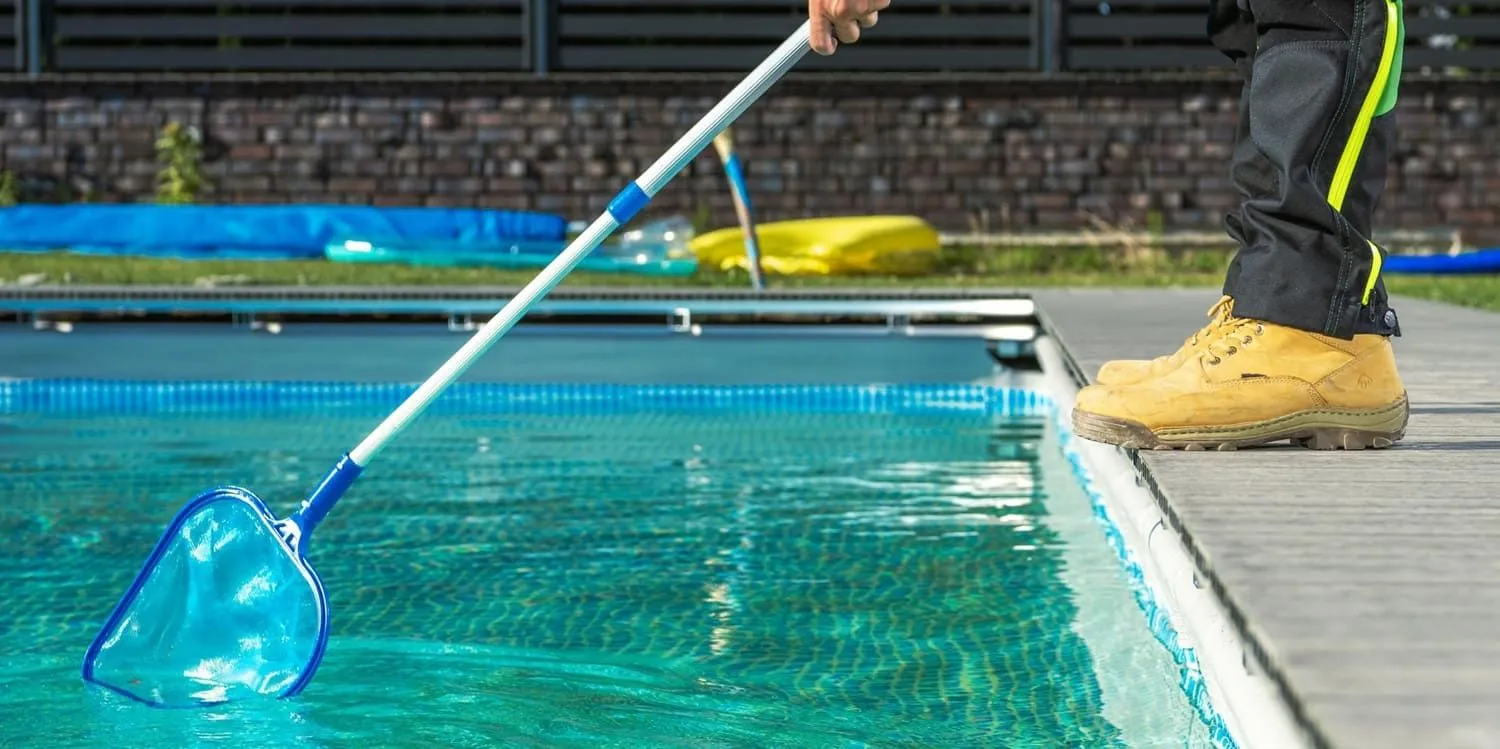Efforts at conservation have historically struggled to manage resources and store important materials in efficient ways. Initial efforts tended to get bogged down in dissipated data and waste management of supplies, hindering progress. Improved conservation science increased the need for streamlined systems to manage increasing levels of information and equipment. Efficient storage and intelligent resource management are key to overcoming these issues. By storing and sharing materials and information more effectively, conservationists can work more productively and act in response to shifting ecological needs more promptly. By doing this, collaboration improves and waste is minimized while important supplies are reserved when they are needed. Realizing the importance behind streamlined storage and resource management identifies the ways through which current conservation efforts can have more effectiveness. By optimizing management techniques, conservation and protection of biodiversity and natural habitats are more sustainable and active towards healthier ecosystems in the future.
Importance of Streamlined Storage
Streamlined storage is crucial in conservation efforts to keep materials, equipment, and data organized and accessible. When storage is efficient, conservation teams save time and reduce frustration, allowing them to focus on protecting wildlife and habitats. Well-managed storage prevents loss or damage to valuable resources and supports smooth workflows.
Here are some key benefits of streamlined storage in conservation:
- Easy access to tools and supplies
- Reduced risk of resource loss
- Improved inventory management
- Faster response to field needs
- Enhanced data organization
- Better space utilization
- Support for long-term project planning
These advantages help conservationists work more effectively and make better use of limited resources. Streamlined storage creates a foundation for successful projects by ensuring that everything needed is within reach and well cared for. This organization boosts team efficiency and helps meet conservation goals more reliably. Proper storage management is an essential part of sustaining environmental efforts and protecting natural resources over time.
Efficient Resource Allocation
Allocating resources efficiently is vital to maximizing conservation efforts. Conservation projects often operate with limited funding and supplies, making it crucial to distribute resources where they are most needed. Strategic allocation ensures that equipment, personnel, and materials are available for priority tasks, preventing waste and delays. In many cases, organizations rely on secure and accessible storage solutions to manage excess supplies and seasonal equipment. For example, services like NSA Storage spaces crafted for convenience offer tailored storage options that support conservation teams by providing easy access to essential materials when needed. These storage spaces help reduce clutter at field sites and central offices, allowing teams to focus on critical conservation activities. Efficient allocation also involves continuously assessing needs and adjusting resource distribution based on project progress and changing conditions. This flexibility helps conservationists respond quickly to emergencies and new challenges. Proper resource allocation supports long-term project sustainability and helps maximize the impact of every dollar and hour spent. By carefully managing where and how resources are used, conservation efforts become more effective and adaptable to evolving environmental needs.
Note: Resource allocation strategies have evolved alongside conservation science, shifting from simple supply distribution to dynamic planning models that optimize use in complex and changing ecosystems.
Tools for Storage Management
Utilizing proper tools in storage management is key to keeping conservation materials and information well organized and within easy reach. Proper storage tools ensure that equipment, supplies, and records are sheltered from damage or destruction and readily available to conservation teams when needed. Tools such as shelving units, secure storage containers, label organizers, and computer-based inventory and usage tracking can serve as the core tools used in storage management. Effective management tools also assist in the maintenance of the environment controls, including temperature and humidity settings, used in the preservation of delicate materials. Integrating the use of technology in storage management facilitates easy management through real-time monitoring and automated notifications when supplies are low or conditions alter. Having physical storage solutions complemented with computer-based management aids accuracy and effectiveness. Using flexible and easy-to-use tools is vital since conservation needs can shift over time as new projects and issues arise. Using properly selected tools minimizes the risk of errors and lost supplies and boosts the overall success of conservation activities. Reliable storage management means that conservation teams can work more on protecting wildlife and environments and less on dealing with logistics. Effective tools foster smooth processes and sustainable conservation practices.
Organizing Conservation Data
Organizing conservation data effectively is a cornerstone of successful environmental protection efforts. With vast amounts of information collected from various sources, such as field observations, satellite imagery, and research studies, having a clear system for managing this data is essential. Well-structured data organization makes it easier for conservationists to analyze trends, track species populations, and assess habitat conditions. It also supports better collaboration among scientists, policymakers, and stakeholders by providing accessible and reliable information. To ensure data is organized efficiently, several key practices should be followed. First, creating standardized data formats helps maintain consistency across different datasets. Second, implementing centralized databases allows easy access and sharing of information. Third, regularly updating data ensures that conservation decisions are based on the latest evidence. Fourth, establishing clear protocols for data entry and validation maintains accuracy. These practices collectively improve the quality and usability of conservation data, enabling more informed and timely actions. Efficient data organization transforms raw information into valuable insights that drive better conservation outcomes.
Insight: Organizing data well means everyone involved in conservation can find and use the information they need quickly. It helps spot problems early and make smart decisions to protect wildlife and habitats. When data is clear and accessible, conservation work becomes easier and more effective for everyone.
Monitoring and Adjusting Efforts
Regular monitoring and adjusting of conservation efforts help ensure projects stay on track and meet their goals. By reviewing progress and analyzing data, teams can identify what is working and what needs improvement. This ongoing evaluation allows for timely changes that address new challenges or changing conditions in the environment. Staying flexible and responsive supports better resource use and increases the likelihood of successful outcomes. Continuous improvement is key to long-term conservation success.
Final Thoughts on Conservation
Streamlined storage and resource allocation are vital for effective conservation. Organized systems help teams use resources wisely and respond quickly to environmental needs. Monitoring and adjusting efforts ensure projects stay successful over time. Investing in proper storage and management supports stronger, lasting protection of wildlife and habitats. Good practices in resource management make conservation work more efficient and impactful, helping preserve nature for future generations.



